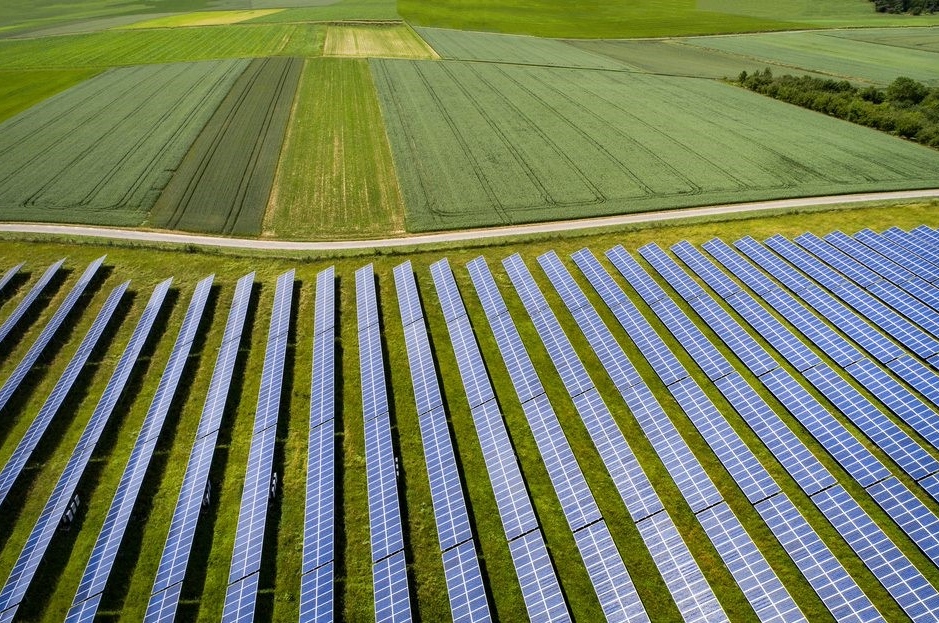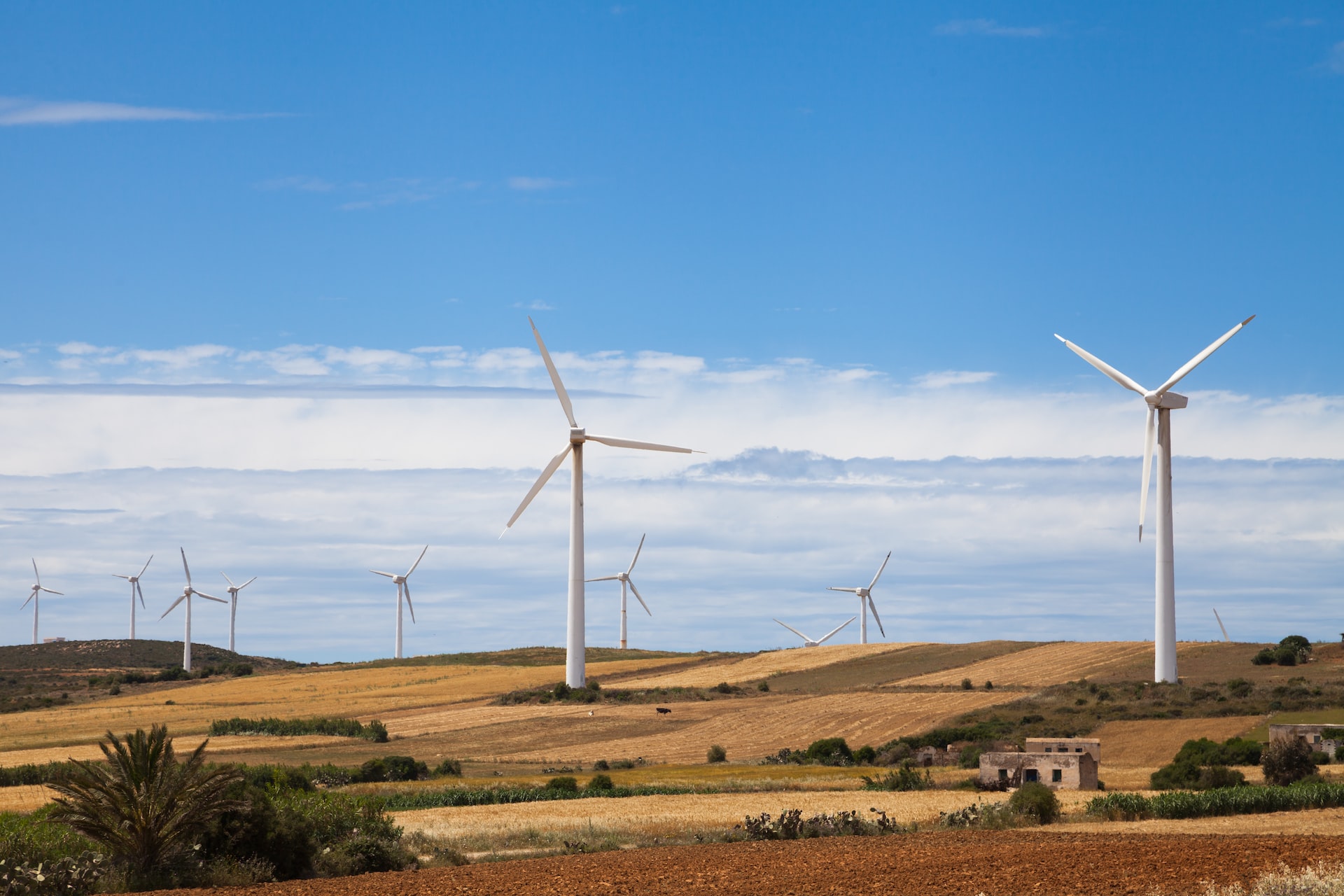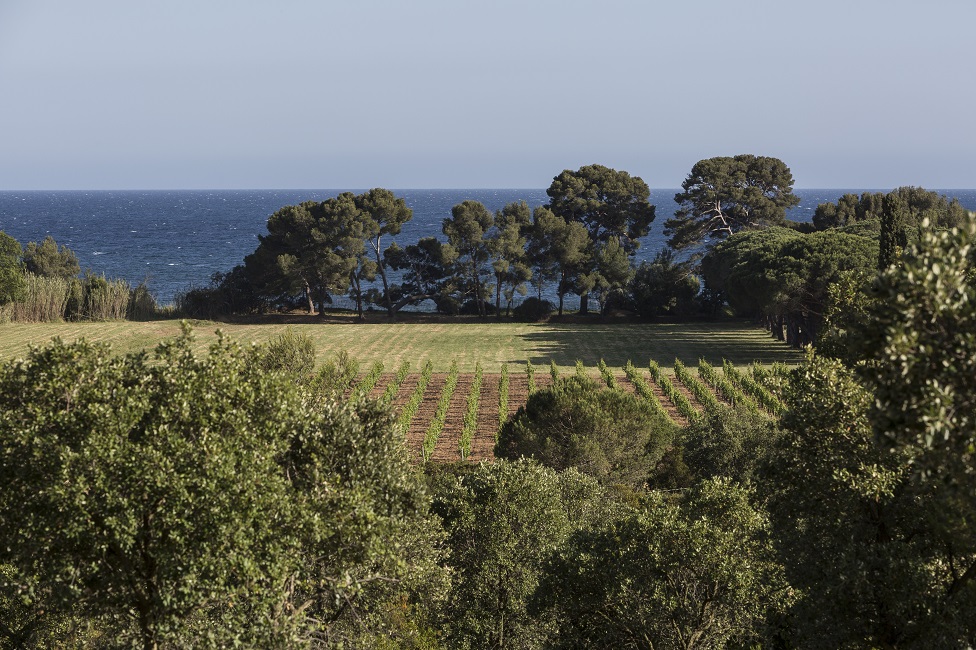Rural reflections on 2022 as we look forward to the New Year
Given the chance, the countryside has the potential to boost the UK’s economy, fight climate change and reverse falling levels of biodiversity
8 minutes to read
That potential, however, will only be fully realised with new approaches from policymakers and sometimes rural businesses themselves. A clear land-use strategy (as advocated by the House of Lords in a recent report) acknowledging that we don’t necessarily need to choose between nature and food production and recognising that rural land can deliver many outcomes needs to be adopted.
Farms and estates are stewards of much of the natural capital that conferences, such as the UN’s just-concluded COP15 event in Montreal, discuss when talking about solutions to the climate and biodiversity crises. But too often the debate is being driven from the top downwards. Meaningful change will require more dialogue with those who actually look after the land in question. Farmers are already all too often price takers when it comes to the food they produce, they should receive an equitable slice of the cake when it comes to the nature-based solutions they are being asked to provide.
There should also be genuine rural proofing across government departments that helps “level-up” rural areas when it comes to public services and communication infrastructure.
To help point stakeholders in the right direction I’ve asked a selection of my colleagues, from across our rural property teams, including Rural Consultancy, Renewables and Planning, to share their outlook for 2023, the opportunities that will be available and their views on what needs to change. We also offer some thoughts on the outlook for the farmland market and interest rates.
We’ll be sharing more of our rural vision revolving around the Five Ps, People, Planet, Prosperity, Purpose and Place, throughout 2023. Please do get in touch with your own thoughts, we’d love to hear what you think. You can find all our contributors’ contacts here.

Around 40% of the country’s energy now comes from renewable sources, but there is the scope to for the rural economy to contribute much more. Solar farms and on-shore wind can be controversial, but with no end in sight to the Russia/Ukraine-induced energy crisis the government needs to take a more pragmatic view and not simply rely on the food security argument as a reason to procrastinate. Hopefully amendments to the Levelling Up Bill will be adopted so at least we can have a sensible conversation about onshore wind. In the meantime, farms and estates should consider some of the great opportunities for fully funded rooftop solar installations that are currently available.
The buzz at the start of 2022 around “tearing up the red tape” to speed up planning and “get Britain building again” has been replaced with concerns about the government’s latest proposals on housing targets, Local Plans and on-going friction between a top-down vs bottom-up approach. There is a big question mark about what planning reform might actually mean, but the National Planning Policy Framework prospectus (hopefully due to be published at end of 2022) should suggest the direction of travel. But climate change means more councils are looking for land for environmental gains and green social infrastructure, which potentially generates opportunities to create legacy on a strategic and local scale.

Natural capital and nature-based solutions are the current ESG buzzwords, but the countryside has quietly been delivering them for years. The next 12 months, however, could be the time when landowners really start to be rewarded for helping to solve some of the world’s biggest issues such as climate change and biodiversity loss. To retain the confidence of farms and estates though the government needs to quickly clarify the details of its Environmental Land Management Scheme (Elms). But perhaps even more importantly it needs to create a robust science-based regulatory framework that gives privately funded natural capital markets the confidence to develop.
With income from traditional forms of agricultural support like the Basic Payment Scheme dwindling farms and estates need to look for alternatives. Details about Elms remain sketchy, but a souped-up version of Countryside Stewardship is likely to remain. This can provide fantastic outcomes so is well worth looking into. Aside from Elms the number of different grants on offer is surprising, but timing can be crucial. Livestock farmers should definitely be looking at the new slurry management scheme, while larger estates may be able to wrap their natural capital up into bespoke packages to sell to corporates or funds.

It turns out that planting lots of trees isn’t as simple as policymakers setting targets. England, in particular, is falling well shy of government aspirations, while demand for tree-planting land in Scotland and Wales from carbon-credit hungry corporates and funds is so strong it’s becoming a political hot potato. More innovative and perhaps less grandiose solutions that excite farmers and estate owners are needed. But the focus on new planting ignores a massive resource – the UK’s stock of undermanaged woodland. With the right incentives the carbon sequestration and bio-diversity potential of existing arboreal habitats could be ramped up much more quickly than creating forests from scratch.
Alastair Paul – Landlord/tenant relationships
In my view the traditional landlord/tenant relationship, which sadly all too often seems to be based around mutual mistrust, needs to be consigned to the history books. Tenancies should be viewed as beneficial business partnerships, and with area-based support payments set to dwindle rapidly over the coming years sensible and open conversations, rather than adversarial rent reviews, have never been more needed. The rise of natural capital offers a huge opportunity to reset relationships and develop exciting new income streams, but only if both parties have realistic aspirations and a willingness to work together to make the most of the opportunity.
Rachel Patch – Let property portfolios
Post-Covid rural landlords have seen rising rents, but they face significant challenges. The Renters Reform Bill proposes to abolish Section 21 notices restricting the ability for landlords to evict tenants, while the forthcoming changes to Minimum Energy Efficiency Standards for residential and commercial properties may mean significant capital expenditure could be needed. A consultation has also recently launched to include the private rented sector within the Decent Homes Standard. Now is the time to review your core and non-core assets to form a strategy to identify capital improvements and alternative income streams. With intelligent investment rural properties will continue to play an important part in local communities.

Arable farmers who thought the protracted war in Ukraine would keep grain prices high for the foreseeable future may well have missed out on the best forward selling opportunities. At the time of writing feed wheat prices were back to pre-invasion levels. That’s not to say prices won’t bounce back as the market remains extremely volatile, but it would be more sensible to chase margins than focusing exclusively on headline farmgate prices. A whole host of bear and bull factors will undoubtedly emerge and retreat throughout the course of 2023 so taking profitable forward-pricing opportunities when they become available would be sensible.

It’s not hyperbole to say that English, and indeed Welsh, wine is going from strength to strength in terms of both quality and the area under vines. This makes it an attractive opportunity for landowners looking for new income streams to pursue and climate change is, indeed, making much more of the country suitable for wine production. Prospective winemakers, however, need to have a clear plan before they embark on their journey - the market is highly competitive and retail margins can be slim. Wine sold at the cellar door makes much more money for the producer so placemaking projects that attract visitors to vineyards as a destination can be the most rewarding financially.
It’s been a rocky few months for anybody needing to borrow money and it’s been gratifying to have been able to help save some deals that looked like they might fall apart due to lenders pulling out at the last minute. But it does look like the market has settled down and 2023 will see rates remain pretty stable. Five-year deals have already come back from highs of almost 7% in the aftermath of Kwazi Kwarteng’s infamous “mini-budget” to around 5% for our best rural clients. Some forecasters are predicting they could even come back to 4% by the end of the year if inflation continues to ease back. What looks certain though is that the days of long-term money at sub 2% rates are probably behind us for a while now.
To hear more of Bradley’s thoughts please click here
Alice Keith – Farmland market outlook

According to the Knight Frank Farmland Index, agricultural land prices rose on average by over 15% during 2022. Prices in excess of £12,000/acre were regularly being achieved for the most sought-after blocks of commercial land. Despite this, the supply of land, even taking into account a significant number of private sales, failed to match demand. We don’t see that changing in 2023 as tax-driven purchasers continue to compete with environmentally minded buyers and forward-thinking farmers. The introduction of biodiversity net gain requirements for all types of residential, commercial and infrastructure developments will only serve to enhance the natural capital value of farmland, boost demand and support prices.
Wishing you all a Merry Christmas and a Happy New Year!